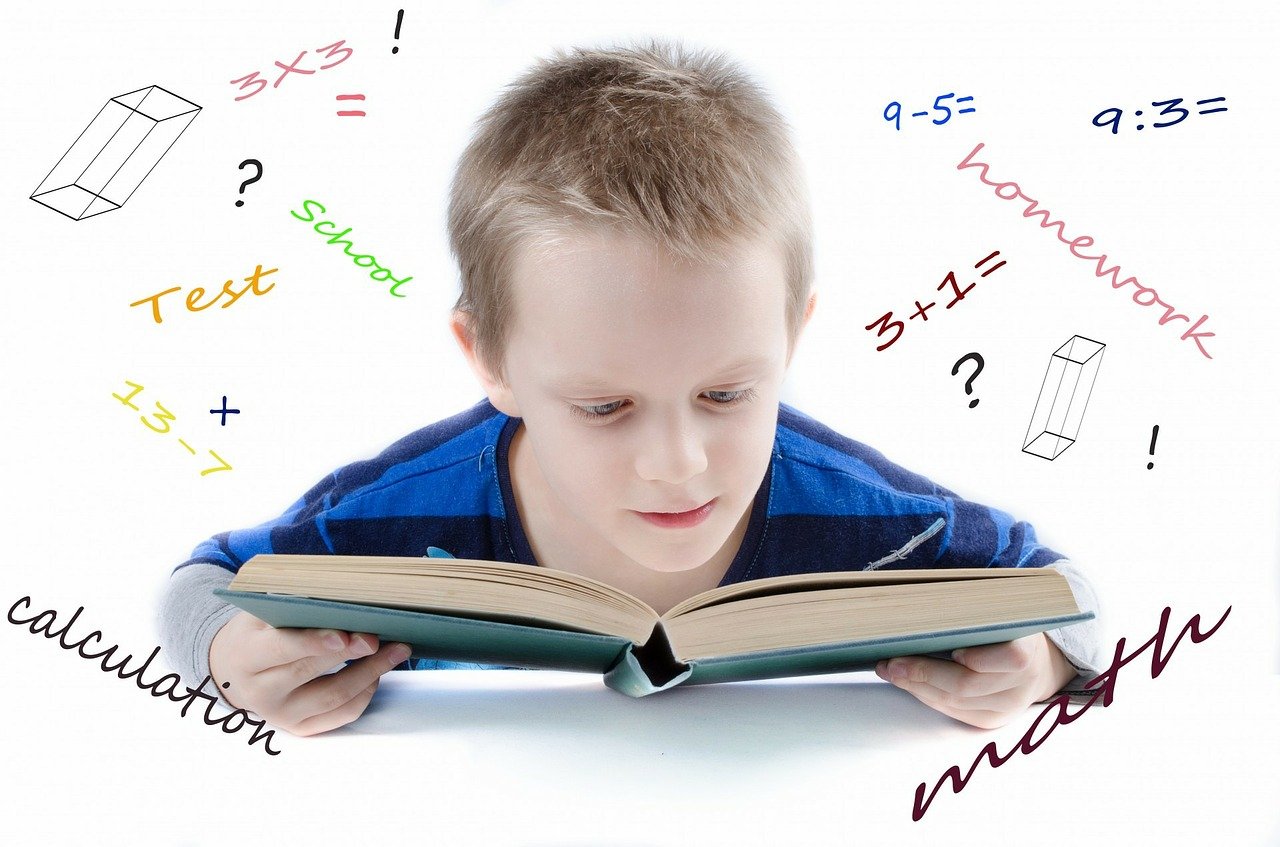Noticing that relatively few studies have been conducted to explore the characteristics of high achievers in mathematics, Bakker et al. (2021) aimed to investigate the differences between high and average achievers in mathematics-specific abilities (e.g. flexibility of mental processes), motivational factors (e.g. need for cognition), and cognitive factors (e.g. spatial visualization). The researchers were also interested in looking at which factors make high mathematics achievers unique from other students.
To answer the questions, Bakker et al. (2021) had 162 children aged from 8 to 10 complete a series of tasks and measured their mathematical abilities, including attention to the number, creation of arithmetic sentences, and the variety of strategies used in problem-solving. The researchers also measured students’ motivation to engage in and enjoy effortful thinking, spatial visualization ability, and working memory. Students who obtained scores between the 25th and the 75th percentile on the most recent two standard math achievement tests were categorized as average achievers while those who obtained scores above the 90th percentile on the same tests were categorized as high achievers.
The results of paired-sample t-tests suggested that high and average achievers differed in their flexibility of mental processes, which were operationally defined as the quantity and quality of generated arithmetic sentences as well as the variety of strategies students used in problem-solving. High achievers not only provided more correct and high-quality arithmetic sentences but also showed more variety in strategy use than average achievers. In addition to the ability to use different strategies, high achievers also used various strategies more frequently than average students did, indicating a stronger desire to strive for the most elegant answer to a math problem. Regarding motivation, high achievers showed greater motivation to engage in demanding analytic activities, spatial visualization ability, and working memory capacity than their average peers. Besides the group differences, the results of logistic regression showed three significant predictors that distinguish high achievers from average achievers: motivation to engage in effortful thinking activities, the variety of strategies, and spatial visualization ability.
Perhaps one of the major takeaways from Bakker et al.’s (2021) study is that high mathematics achievers are different from their average peers in mathematical ability, motivation, and cognitive factors. This finding supports the needs of teachers and educators who want to provide customized instruction to their students who are high mathematics achievers.
Bakker et al. 's (2021) work also sheds light on EPIC’s research on how students at different performance levels respond to failure in academic settings. Perhaps high and low achievers also differ in math ability and psychological factors, and such differences contribute to how high and low achievers respond to their failure experiences in school. We also aim to explore the extent to which motivational factors affect students’ school experiences in various ways (e.g. the time students spend on difficult questions, the decision they make to work on hard or easy problems).
For more information about Bakker et al.’s (2021) study, check out the link to retrieve the journal article: https://psycnet.apa.org/record/2021-90828-001
Reference:
Bakker, M., Torbeyns, J., Verschaffel, L., & De Smedt, B. (2021). The mathematical, motivational, and cognitive characteristics of high mathematics achievers in primary school. Journal of Educational Psychology. Advance online publication. https://doi.org/10.1037/edu0000678

